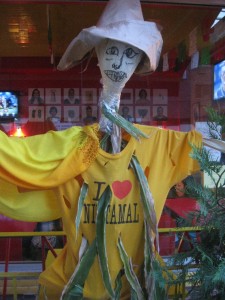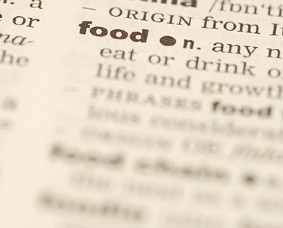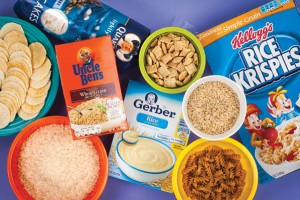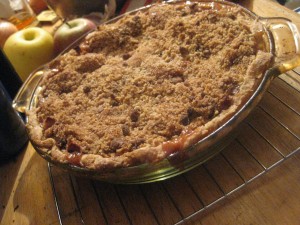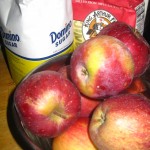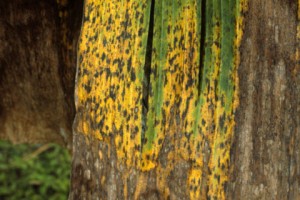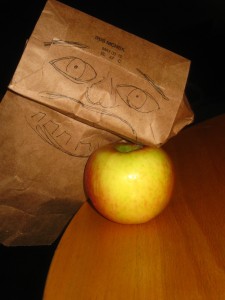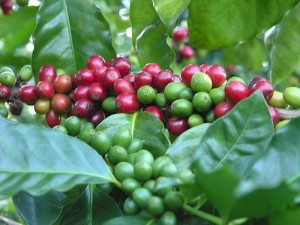How far would you travel for the perfect meal? That’s not a purely academic question for most food enthusiasts I know. I’ve been contemplating the importance of the food pilgrimage ever since our friend Ben mentioned the fact that “there are about four restaurants in Queens that people in Brooklyn are willing to travel to.” He and his wife Jenny had just brought Jason and me to one of these places, Tortilleria Nixtamal, in Corona (more on their heavenly homemade tortillas in a moment). The weird thing was, Ben didn’t even need to say the names of the other places he had in mind for me to instantly fill in the blanks with the restaurants I believed he meant: Dosa Delight in Jackson Heights, Nan Xiang in Flushing, and anywhere that is liberal with the feta cheese in Astoria.
I’m not sure what makes these places travel-worthy. I can say with reasonable certainty that I’ve never had and never will have the best meal of my life at any of them. But while I’m probably willing to put more time into traveling for food than most (see: any End of the Line post on this blog), it’s a rare gem that I’ll submit to slogging to repeatedly, and Dosa Delight and Nan Xiang make that list without question.
Perhaps part of it is the travel itself, the hardship endured for the sake of taste. When Jason travels to Jersey City and Sapthagiri Restaurant, I can see his eyes get wider with longing for majjiga with every rumble of the PATH train. Majjiga is a curious beverage, a sort of spicy cilantro-flavored lassi. (Interestingly, the menu translates “majjiga” as “buttermilk.” It is definitely not buttermilk.) As much as Jason enjoys the taste of majjiga, I think he enjoys equally the experience of telling the proprietors of Sapthagiri how far he has traveled to drink it, for which he is often rewarded with slaps on the back and a big pitcher of the stuff on our table. Continue reading

